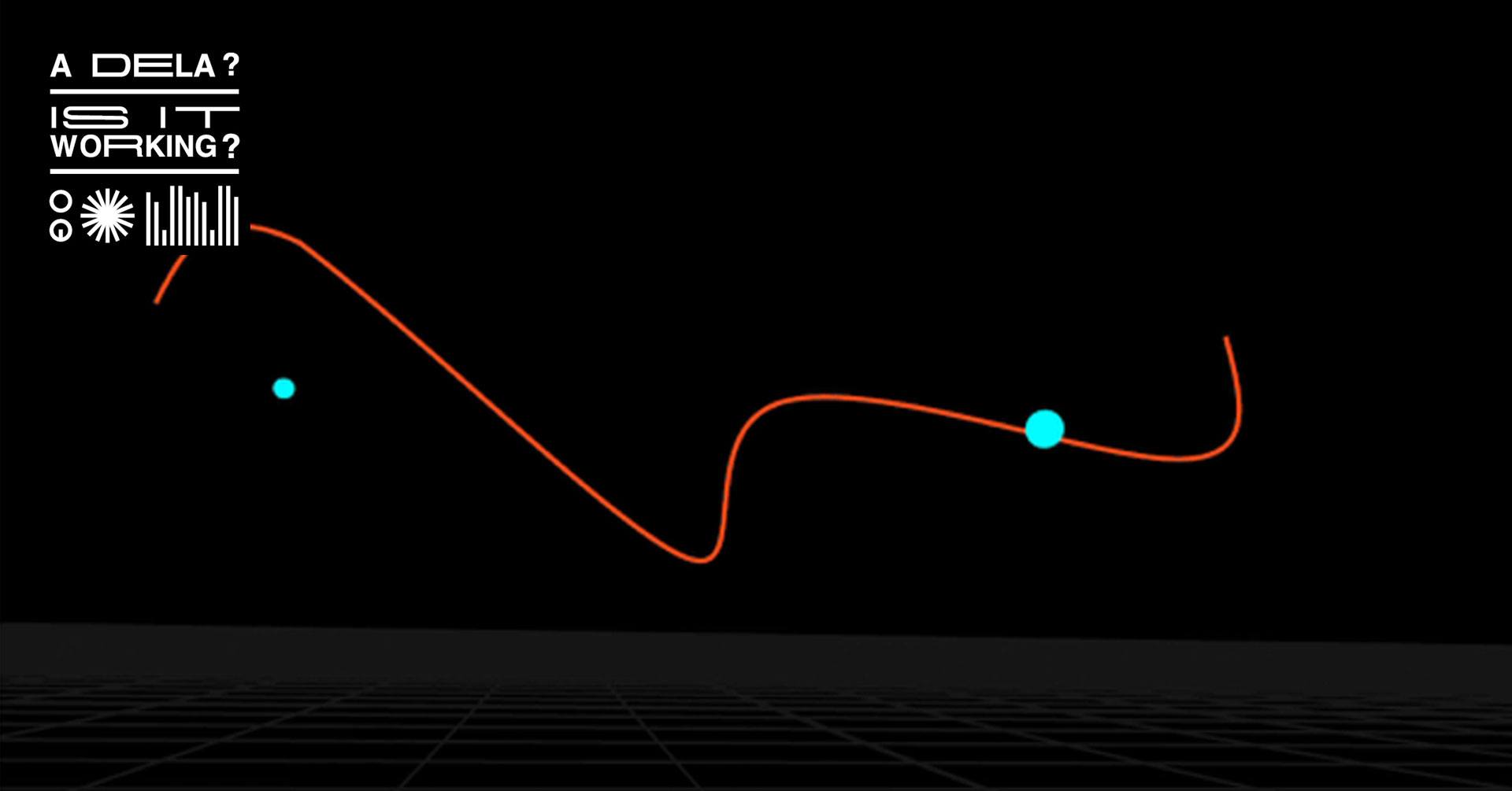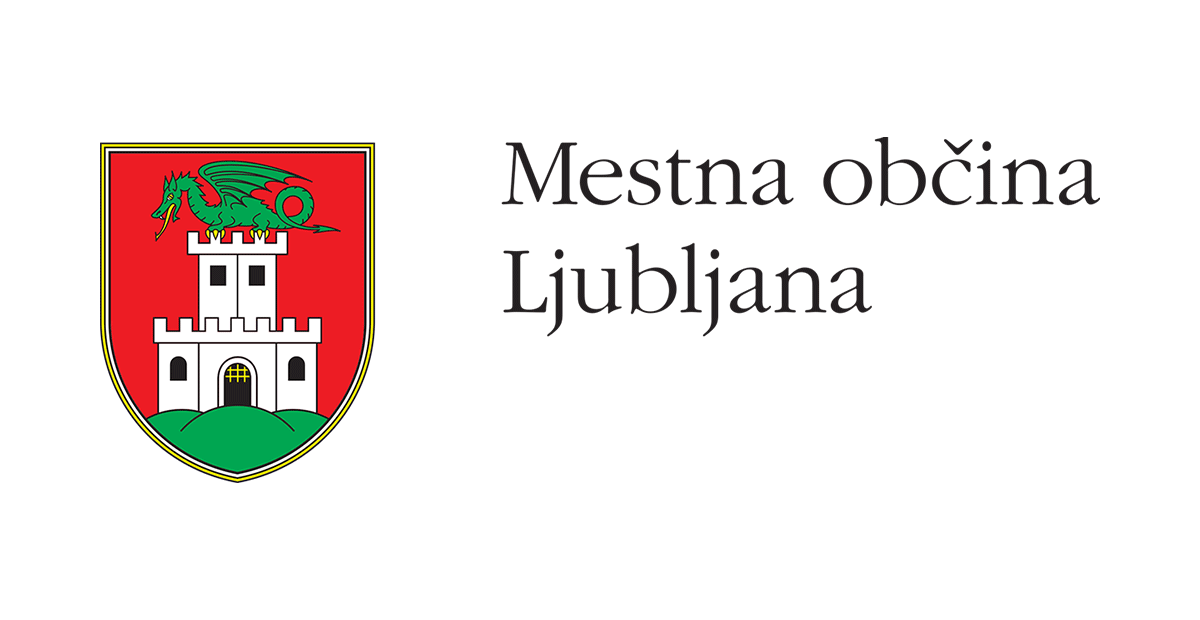Is it working? | Conversations and presentations, 2nd part
The event is part of the international art, science and technology festival Is it working?.
Nicolas Castagné & Claude Cadoz: Haptics for the Arts
Presentation
The presentation, in the first part, summarises the scientific and technological concepts that underlie the paradigm of “multisensory and interactive simulation of physical objects”, introduced and developed by ACROE (Grenoble, FR), and their applications on musical creation through the Helicanthe platform.
The presentation will shortly address the current state in the arts, science and technology in relation to sound and acoustic digital synthesis. Firstly, we will introduce the physics-based formalism CORDIS-ANIMA, a type of multisensory components-based computer design formalism which includes haptic interaction. We will explain the principles of force-feedback haptic transducers that allow us to manipulate physical models with tactile sense. We will continue by introducing a new way of acoustic diffusion composed of 24 loudspeakers placed on a 3D sphere, allowing the listener to be totally spatially immersed within the sound.
These four technical components – interactive design of physical objects, their real-time simulation, their haptic manipulation and the acoustical and visual 3D displays – are integrated within a platform called “Helicanthe platform”. We will illustrate the technologies and concepts based on examples of physical models designed with CORDIS-ANIMA, real-time simulation and gestural interaction. Finally, we will present excerpts of musical and visual works entirely realised with these technologies.
~~~~~~~~~~~~~~~~~~~~~~~~~~~~~~~~~~~~~~~~~~~~~
Anne Luciani: Wanderings - Visual and Literary Poems
Presentation
Annie Luciani will discuss visual motion as an art in itself, independently of the other visual morphological or optical features of a visual image such as shapes, colours, textures, shadows, spatial organisation, etc. These motions articulate very short textual poems as well as visual poems, which are called “visems”. This subject has been Luciani’s artistic and research concern for several years already. The presentation will also include the introduction to computer tools, MIMESIS and GravDyn software that Luciani designed with her colleagues from ACROE.
Production: ACROE-ICA, osmo/za
The event will be held in accordance with the instructions and recommendations of the National Institute of Public Health.
Nicolas Castagné
Nicolas Castagné is an engineer at the Ecole Centrale de Paris, specialized in applied mathematics. In 1996, he joined the team of the ACROE, first to carry out his thesis in computer music on the design of GENESIS mass-interaction modeling and simulation software, then as research engineer responsible for the design and development of all the ACROE’s creation computer tools software. He continues his research within the Group ACROE-ICA, assistant-professor of the Polytechnic Institute of Grenoble, on the GENESIS, MIMESIS and GraDyn creation software for musical and multisensory artistic creation.
Claude Cadoz
Claude Cadoz is president of the ACROE, which he founded in 1976 with Annie Luciani and Jean-Loup Florens. At ACROE he is responsible for the scientific and art programme Musical and Multisensory Arts. Cadoz is the designer of the GENESIS software, addressing sound synthesis and composition thanks to the technology of mass-interaction physical modelling. Since 1975, he initialised the realm of virtual realities by his work on haptic gesture interactions. Together with Jean-Loup Florens, he was the author of the first force-feedback gestural devices in 1978. Claude Cadoz’s musical work is a direct application of his research in Mass-Interactions physical modelling.
Anne Luciani
Annie Luciani, researcher and visual artist in Dynamic Visual Arts, co-directs ACROE in which she is responsible for the theme “Technologies for Dynamic Visual Arts”. From the beginning of her work in computer animation in 1976, she proposed the paradigm of physical modelling for the animation of images, with which she introduced the concept of instrumental interaction in the visual arts. She has supervised numerous master and thesis courses on retroactive physical modelling for dynamic visual arts. Annie Luciani has made a number of works on these principles and perspectives: Artifices 1 Gestures and Movements (1990), Esquisses (1990), Communication (2000, in collaboration with Marek Zborovski), Mémoires Vives (2001), micro-Movements (2007), Ephemeral Engravings (2011, with Kevin Sillam ), Voyages (2015, with Saman Kalantari, Linda Slama and Amel Achour Benallegue).




